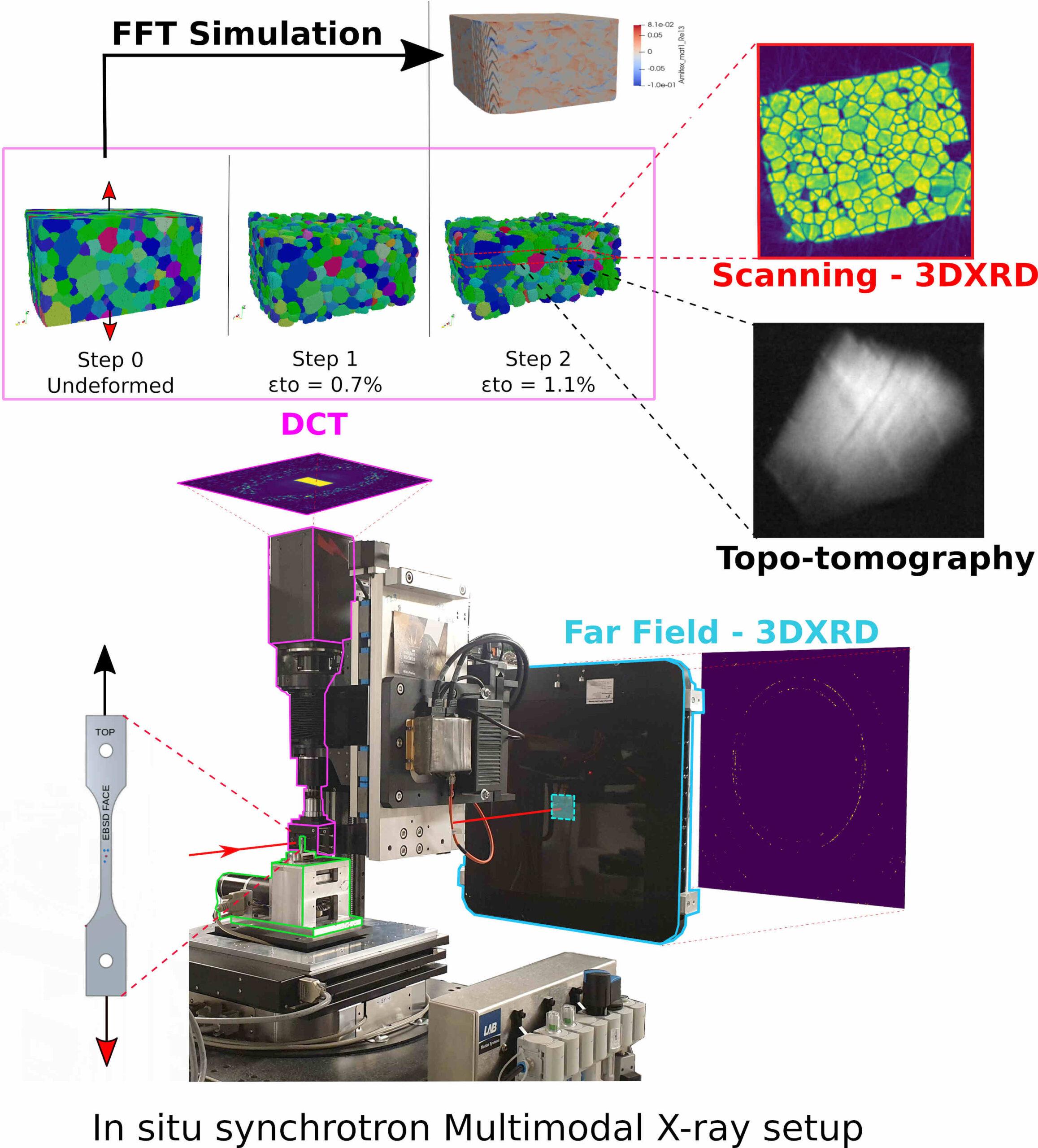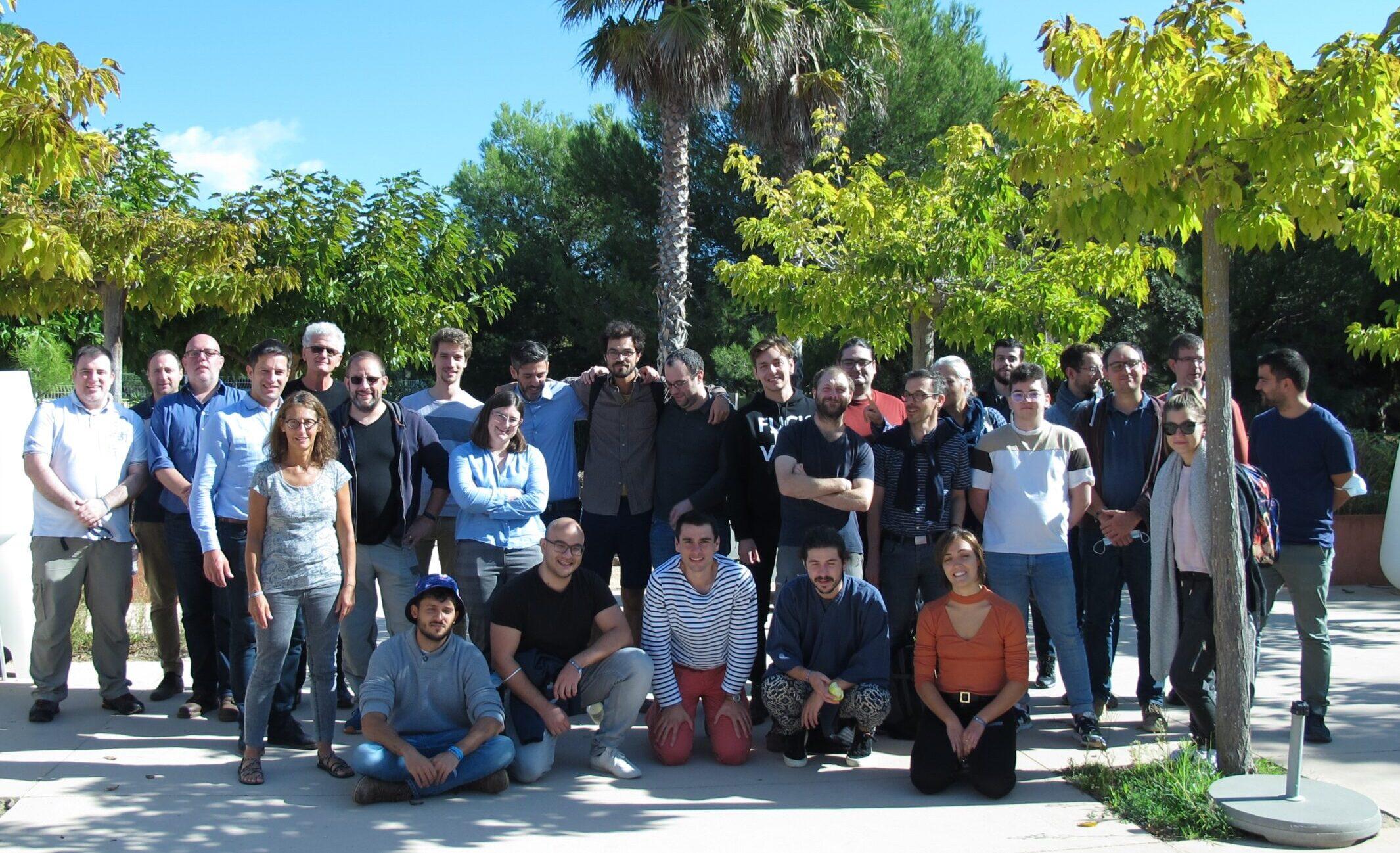Baptiste Bienvenu, Chu Chun Fu and Emmanuel Clouet
Université Paris-Saclay, CEA, Service de Recherches de Métallurgie Physique, 91191 Gif-sur-Yvette
At low temperature, plasticity of body-centered cubic (BCC) transition metals is governed by the glide in compact {110} planes of screw dislocations with a ½<111> Burgers vector, experiencing a high friction with the crystal lattice. The aim of this work is to build laws to predict the plastic flow stress based on atomic scale modeling of the core properties and mobility of these dislocations (using ab initio calculations and molecular dynamics), allowing to link them to macroscopic mechanical properties (yield stress, slip system activity).
In this context, a special care is given to the case of chromium (Cr), the only BCC transition metal having a structure close to antiferromagnetism, a spin-density wave, below ambient temperature. To qualify the impact of magnetism on the plasticity of Cr, ab initio calculations at zero temperature were coupled to Monte Carlo simulations at finite temperature. This allowed to conclude that magnetism has only a marginal influence, except at very low temperature where the ½<111> Burgers vector of these dislocations generates magnetic faults given that it does not respect the magnetic order of Cr.
In the following, a systematic study across all seven BCC transition metals (vanadium, niobium, tantalum, chromium, molybdenum, tungsten and iron) helped develop a yield criterion reproducing the experimental features of the so-called “non-Schmid” effects, characteristic of these metals at low temperature. However, some effects cannot be captured by this criterion, accounting for the motion of isolated dislocations only. This is for instance the case of anomalous slip, observed in all BCC transition metals except iron, and characterized by slip activity of ½<111> dislocations in low-stressed {110} planes. Through in situ observations in a transmission electron microscope performed by Daniel Caillard (CEMES-CNRS, Toulouse), coupled with atomistic simulations, a new mechanism explaining this phenomenon in all BCC metals has been evidenced, based on the high mobility of multi-junctions. Finally, the mobility of dislocations with a <100> Burgers vector, most often observed as junctions between ½<111> dislocations but rarely considered as possible slip systems, is studied using atomistic simulations. It was evidenced that, even if the mobility of <100> screw dislocations is competitive with the conventional ½<111> in {110} planes, <100> dislocations are locked at low temperature along a mixed orientation requiring a very high stress to start moving, thus explaining their low slip activity.










